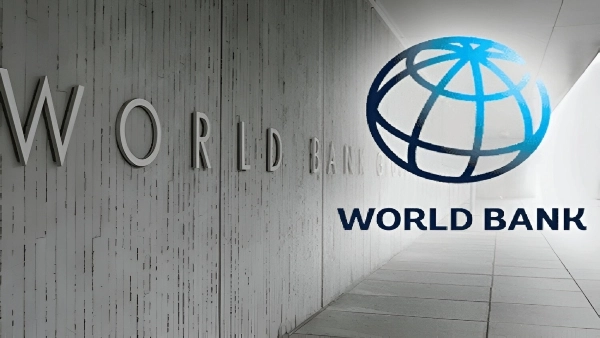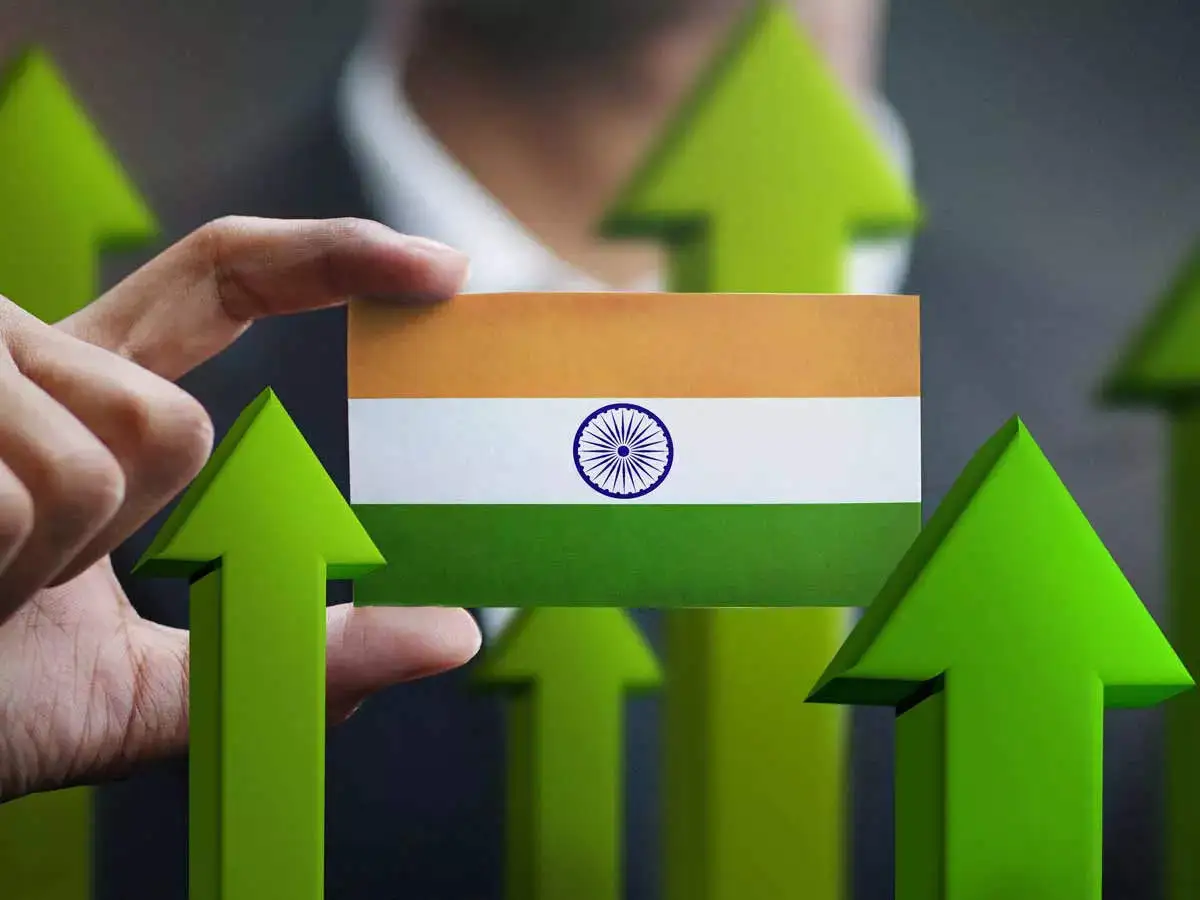
India’s economy is once again in the global spotlight, with the World Bank revising its GDP growth forecast for the country in the financial year 2024-25. The Bank has raised its projection to 7%, up from the previous estimate of 6.6%, reflecting the robust performance of the Indian economy amidst challenging global conditions. This upward revision highlights India’s resilience and the effectiveness of its economic policies in fostering sustainable growth.
The Economic Landscape: A Resilient Performance
The World Bank’s update paints a positive picture of India’s economic trajectory. In the fiscal year 2023-24, India emerged as the fastest-growing major economy, with a remarkable growth rate of 8.2%(World Bank). Despite global economic uncertainties, including slower growth in advanced economies and ongoing geopolitical tensions, India’s economy has continued to expand at a healthy pace. This resilience is underpinned by strong domestic demand, improved private consumption, and a robust export sector.
The World Bank’s latest projections for India indicate continued strong growth through the next few fiscal years, with the economy expected to maintain its momentum in FY26 and FY27(India Today). This forecast is supported by India’s proactive trade policies, strategic investments, and a focus on diversifying its economic base.
Key Drivers of Growth
Several factors contribute to the World Bank’s optimistic outlook for India. Among these are:
- Trade and Exports: The World Bank emphasizes the importance of trade in driving India’s economic growth. India’s efforts to diversify its export basket and integrate more deeply into global value chains are seen as crucial for sustaining growth. The goal of achieving $1 trillion in merchandise exports by 2030 is ambitious but attainable, provided India continues to leverage its competitive advantages in sectors such as IT, pharmaceuticals, and textiles(World Bank).
- Private Consumption: Private consumption has been a significant driver of growth, supported by rising incomes and a growing middle class(World Bank). Improvements in monsoon conditions have also bolstered agricultural output, further enhancing rural consumption and overall economic activity.
- Investment in Infrastructure: Continued investment in infrastructure is another critical factor. The Indian government’s focus on enhancing infrastructure—through initiatives such as the National Infrastructure Pipeline—aims to improve logistics, reduce costs, and make Indian exports more competitive globally(World Bank).
- Monetary and Fiscal Policies: India’s macroeconomic stability has been maintained through prudent fiscal management and effective monetary policies(India Today). The Reserve Bank of India’s measures to control inflation, along with government initiatives to keep the fiscal deficit in check, have created a conducive environment for sustained economic growth.

Challenges and Strategic Imperatives
Despite the positive outlook, the World Bank also identifies several challenges that India must address to sustain its growth momentum.
- Global Economic Slowdown: The global economic environment remains subdued, with slower growth in major economies potentially affecting India’s export performance(India Today). To mitigate this, India must continue to diversify its export markets and reduce reliance on traditional trading partners.
- Structural Reforms: The need for structural reforms remains pressing. These include improving labor market flexibility, enhancing the ease of doing business, and addressing regulatory bottlenecks that impede investment(World Bank).
- Social and Environmental Sustainability: Balancing rapid economic growth with social and environmental sustainability is critical. India must ensure that growth is inclusive and environmentally sustainable, addressing issues such as income inequality, access to quality education and healthcare, and environmental degradation(India Today).
The Road Ahead: Policy Recommendations
To capitalize on the current economic momentum, the World Bank suggests several strategic initiatives:
- Enhancing Trade Competitiveness: India should continue to negotiate and sign free trade agreements, which can open up new markets and enhance the competitiveness of Indian goods and services globally(India Today). This approach will help India achieve its export targets and reduce dependency on a few key markets.
- Investing in Human Capital: Improving the quality of education and healthcare is essential for sustaining long-term growth. Investments in human capital will not only increase productivity but also ensure that the benefits of growth are more widely shared across the population(World Bank).
- Promoting Innovation and Technology Adoption: Encouraging innovation and the adoption of new technologies, especially in sectors like manufacturing, agriculture, and services, can drive efficiency gains and boost productivity(India Today). India’s IT sector, already a global leader, can play a pivotal role in this transformation.
- Green Growth Initiatives: As the global economy shifts towards sustainability, India has the opportunity to become a leader in green technology and renewable energy. Investments in this area can create new industries and jobs, while also addressing environmental concerns(World Bank).

Conclusion
India’s growth story, as highlighted by the World Bank, is a testament to the country’s resilience and strategic policy initiatives. With a projected growth rate of 7% in FY25, India is well-positioned to maintain its status as one of the world’s fastest-growing major economies(India Today). However, to sustain this momentum, it will be crucial for India to continue diversifying its economy, enhancing trade competitiveness, and investing in human capital and infrastructure. As the global economic landscape evolves, India’s ability to navigate these changes will determine its long-term growth trajectory.
For more detailed insights on India’s economic prospects, you can visit Newz Insight, which provides comprehensive coverage of global economic trends and their impact on India.




Leave a Reply